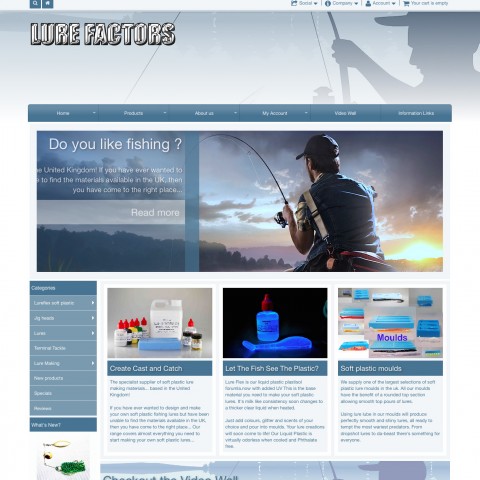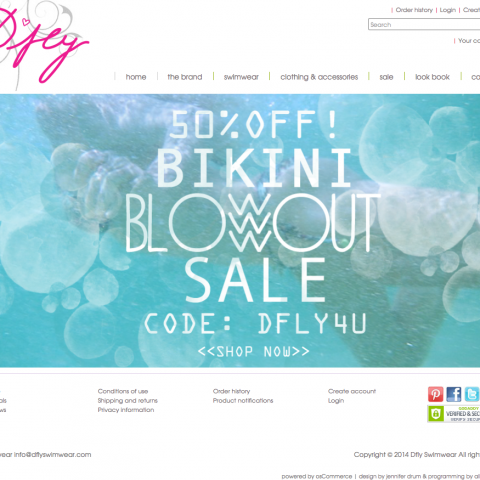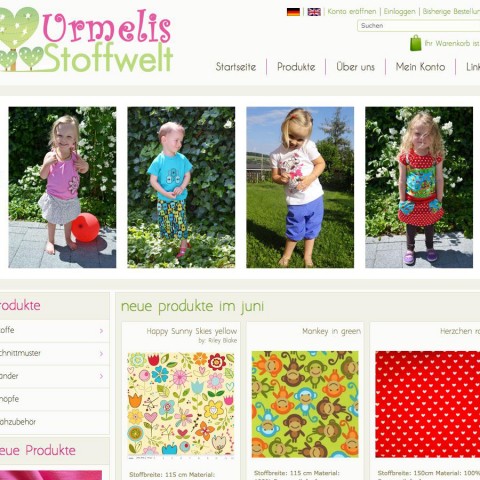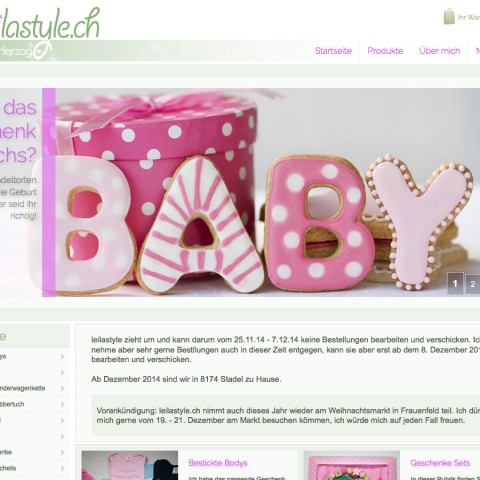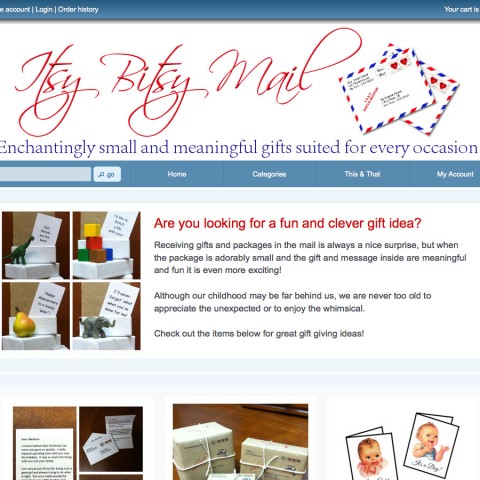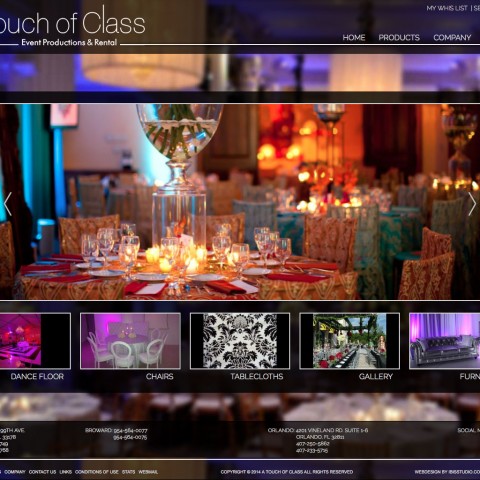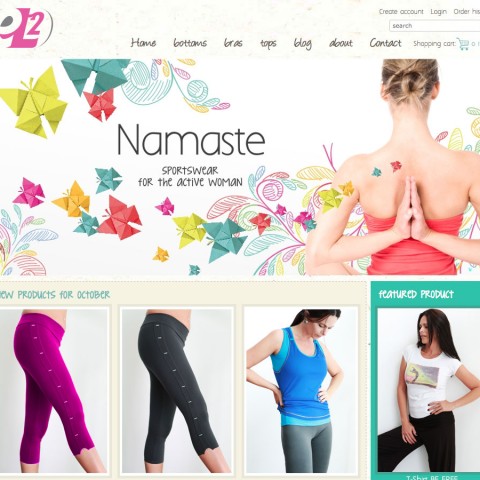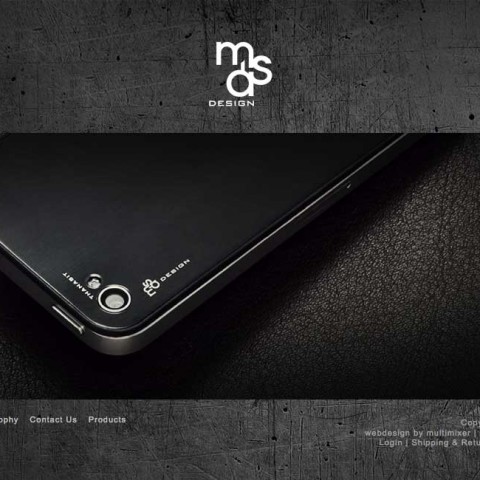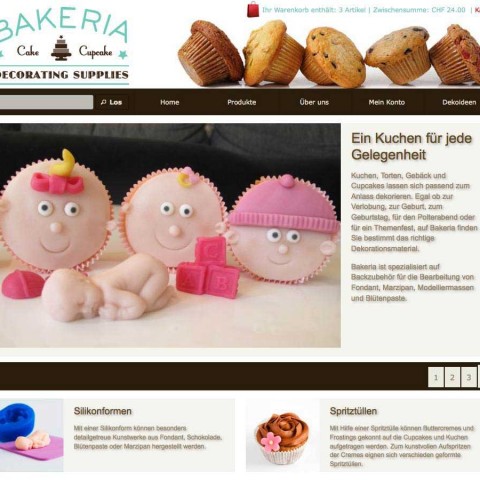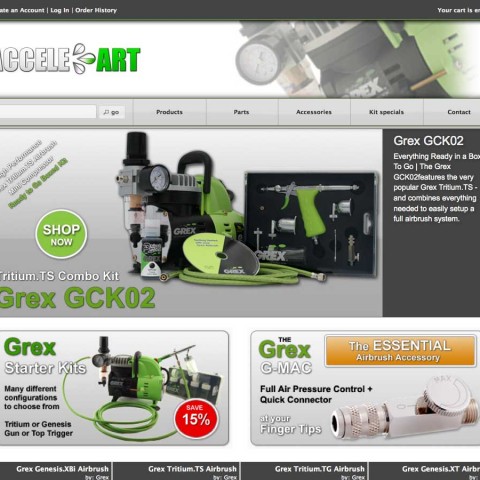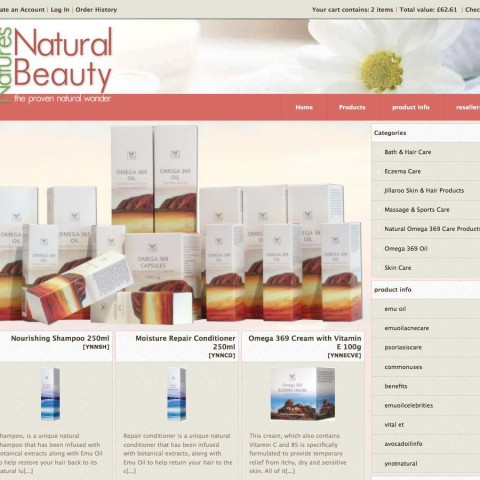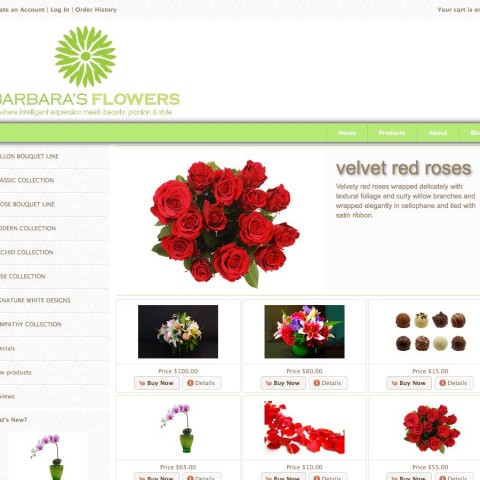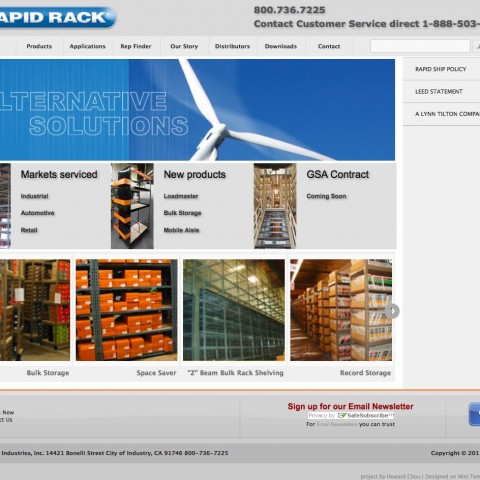Birthday of an idea – mini template system for osCommerce v 2.3.1
It was a couple of weeks after the latest osCommece version (version 2.3.1) got released, when a handful of people, where exchanging opinions about it and particularly about the “ui theme” feature, that would allow to users to change a good part of the stores look, simply by adding a new ui theme. To bad that even for a simple task like this a basic technical knowledge, and software, would be required.
Why not to “automate” the process? And while “automating” this, why not to move some basic layout decisions to the administration panel? Like for example the column position or the column width? And why not to add some more settings that would make each store owner’s life easier? In short: Why not to make a templating system for the latest osCommerce version?
That was it. The idea was born. A clean, simple and easy to use template system for osCommerce. We would call it later mini template system. And we would have following requirements to fulfill:
jquery ui theme compatibility: Since this feature is included in osCommerce it should be kept and wherever possible expanded. It’s a nice, fast and easy way to change the look of the store. The jquery ui themeroller is a great and free online tool, each one can go and pick whatever he like. The point is, that it should be easy to integrate into the store, without having to change anything in the files
Flexibility: The template system and all of it’s templates should be flexible in any way. Unlike other templates, that look nice eg when they have 6 products on the front page, but totally screwed up when having to display just 4, the templates should look nice under “any conditions”. They should look nice with wide or narrow columns, with all boxes on the left or on the right, or even with no boxes at all. They should look nice with or without banners, should be able to take a “minimal” or “overloaded”, a pale or strong look without any problems
Admin controls: The store owner should be able to manage the main structure of the store right from the admin panel. It’s not possible to expect from every store owner to be a php expert, to know about css and who knows what else. Also not possible to expect from store owners to spend hours reading tutorials and asking questions about how to change the background of their store. Also not acceptable to expect store owners to pay a good amount of money for every single change they need. A store owner should be busy with commercial activities and not with coding
Easy and native operation: Everything should be easy for the store owner. Easily to drop in a new template, easy to activate or deactivate it, easy to modify it. Easy to create various looks of the same template, easy to share them with friends and colleagues to get opinions, leaving the current store operation untouched. But also for developers designers, it should be easy to jump in at any point and start customizing the way they want, without having to spend the half day, trying to understand how everything is structured.
100% osCommerce compatibility: All main files should stay in their original condition without any changes. This was of highest importance to guarantee conformity and easy integration of addons and/or upgrades of the core code. Also, in case somebody wants to uninstall it, the whole system should not leave any garbage behind. This was also the hardest part, because all design had to be implemented without adding or removing css classes or changing the markup. You can say it had to be a “remote” designing only and exclusively via css and some functions.
It would take us just a week to upload the first initial “demo” version

